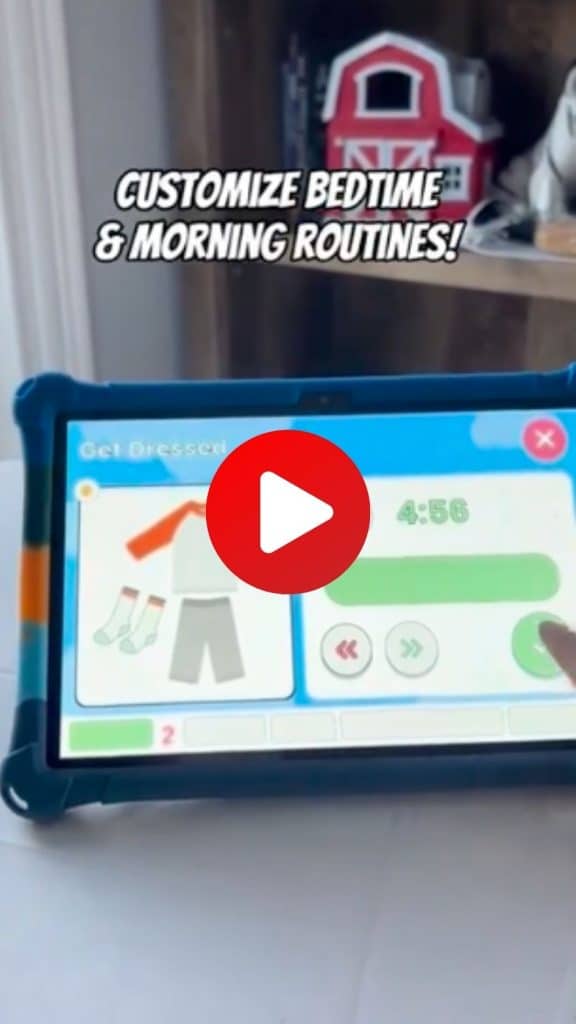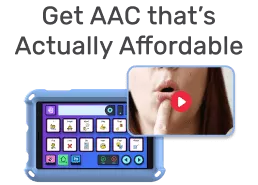ABA (Applied Behavior Analysis) therapy is a widely used treatment for children with autism, focusing on teaching new skills and reducing challenging behaviors. However, there has been growing debate about whether ABA therapy is harmful. Some parents and professionals have raised concerns about the approach, particularly its impact on a child’s emotional well-being. In this article, we’ll explore what ABA therapy is, the concerns some have raised, and the potential benefits it can offer, helping you make an informed decision for your child’s care.
Table of Contents
Understanding ABA Therapy
ABA therapy is a popular intervention for kids with autism and other developmental disorders. It aims to improve specific behaviors, such as social skills, communication, and self-care, through a system of rewards and consequences. While many parents and professionals praise ABA for its effectiveness, others raise concerns about its potential harm. Let’s take a closer look at the key arguments on both sides.
The Benefits of ABA Therapy
ABA therapy has been extensively researched and is an evidence-based treatment for autism. Many studies have shown that ABA can lead to significant improvements in communication, social skills, and adaptive behaviors. But what are the specific benefits of ABA therapy?
Read more: What is ABA Therapy for Autism? FAQs
- Proven effectiveness: Numerous studies support the effectiveness of ABA therapy in improving various skills and behaviors in kids with autism and other developmental disorders.
- Individualized approach: ABA therapy is for each child’s unique needs and goals, allowing for a personalized intervention plan that targets specific areas of improvement.
- Structured environment: ABA provides a consistent and predictable environment, which can be beneficial for kids who thrive on routine and structure.
The Concerns About ABA Therapy
While ABA therapy is widely recognized for its effectiveness, some people have raised concerns about its approach. Critics argue that it can overly emphasize compliance with adult demands, potentially limiting a child’s autonomy and self-expression. So, what are the key issues surrounding ABA therapy?
- Focus on compliance: ABA therapy may place too much importance on compliance, which could restrict a child’s ability to express themselves or make their own decisions.
- Use of aversive techniques: Some ABA programs still use techniques like withholding rewards or time-outs, which can be distressing for children and create negative associations with learning.
- Long-term effects: Research on the long-term impact of ABA therapy is limited, and some studies suggest that the benefits may not persist after treatment ends.
Alternative Approaches to ABA Therapy
If you’re concerned about the question “Is ABA therapy harmful?” and are looking for alternative approaches, there are several options that may be more suitable for your child.
Here are a few alternatives to consider:
| Approach | Description |
|---|---|
| DIR/Floortime | A play-based approach that focuses on building emotional connections and fostering communication through shared interests. This method emphasizes the importance of following the child’s lead and supporting their natural interests and abilities. |
| Social Thinking | A teaching framework that helps kids develop social skills by teaching them to think about the thoughts, feelings, and intentions of others. This approach encourages kids to be more aware of their own behavior and its impact on others, promoting empathy and social understanding. |
| RDI (Relationship Development Intervention) | A family-based intervention that aims to improve social and emotional development by focusing on the parent-child relationship. Parents are to create opportunities for their child to engage in problem-solving, communication, and emotional regulation, fostering a stronger bond and promoting growth. |
Making the Right Choice for Your Child
Deciding whether ABA therapy is right for your child can be a challenging process. It’s essential to consider your child’s unique needs, strengths, and preferences when evaluating different treatment options.
Read more: My Child is Stimming When Excited | Not Autism
Here are some steps to help you make an informed decision:
- Research: Gather information about ABA therapy and alternative approaches, paying close attention to the potential benefits and drawbacks of each method.
- Consult professionals: Speak with your child’s healthcare team, including their pediatrician, psychologist, or occupational therapist, to gather their insights and recommendations.
- Observe sessions: If possible, observe ABA therapy sessions or other interventions in action to get a firsthand understanding of what they entail.
- Listen to your child: Pay attention to your child’s feelings and reactions to different therapies, and involve them in the decision-making process as much as possible.
Goally is a valuable resource for clinicians who are looking for ways to support children with speech and language problems.
- Individualized Instruction. Goally can be easily customized to meet the specific needs of each child supporting the skills that they need most, at each child’s own pace.
- Increased Engagement. Goally is a fun and interactive tool that can help children stay engaged while learning.
- Improved Communication. Goally helps children learn to effectively communicate wants and needs, and allows children to participate in the world around them.
- Bonus: Goally’s Core Word Lessons teaches kids their first 50 words through video modeling and interactive practice.
Goally’s distraction-free kid’s tablet can be used as a therapy tool to help teach executive function, language, emotional regulation, finger dexterity skills, and more!
Final Thoughts on ABA Therapy
While ABA therapy has shown effectiveness in helping children with autism develop skills and reduce challenging behaviors, it’s important to consider the concerns raised by some critics. Issues like an overemphasis on compliance, the use of aversive techniques, and the lack of long-term research warrant careful consideration when deciding if ABA is the right approach for your child. As with any therapy, it’s essential to weigh the potential benefits against the risks and ensure that the therapy is tailored to your child’s individual needs in a supportive and respectful manner.
FAQ’s About Is ABA Therapy Harmful
What is ABA therapy?
ABA (Applied Behavior Analysis) therapy is a treatment method that uses techniques based on learning theory to encourage positive behaviors and reduce unwanted behaviors in children with autism. It focuses on teaching new skills and reinforcing desirable behaviors.
Is ABA therapy effective for children with autism?
Yes, ABA therapy is widely considered one of the most effective treatments for children with autism. It helps children improve communication, social skills, and daily living skills, and can be customized to meet each child's unique needs.
Does ABA therapy have any negative side effects?
Some critics of ABA therapy argue that it can be too focused on making children comply with adult demands, potentially suppressing their autonomy and self-expression. There are also concerns about the use of aversive techniques, like time-outs or withholding rewards, which can be distressing for some children.
How do I know if ABA therapy is right for my child?
The decision to use ABA therapy should be based on your child's individual needs and preferences. It’s important to consult with a healthcare professional or autism specialist to determine if ABA therapy aligns with your child’s developmental goals and temperament.
Emily is a seasoned blog writer for Goally, leveraging her extensive background in child psychology and special education to provide valuable insights and resources for parents. Her commitment to understanding and addressing the unique needs of these children, combined with her expertise in educational strategies, makes her a credible and empathetic voice for families.






